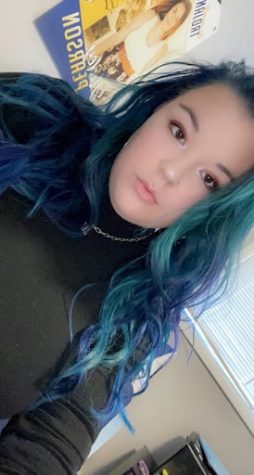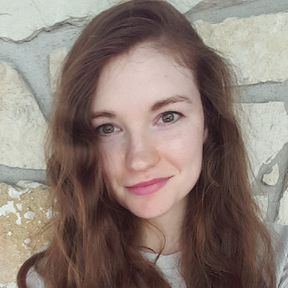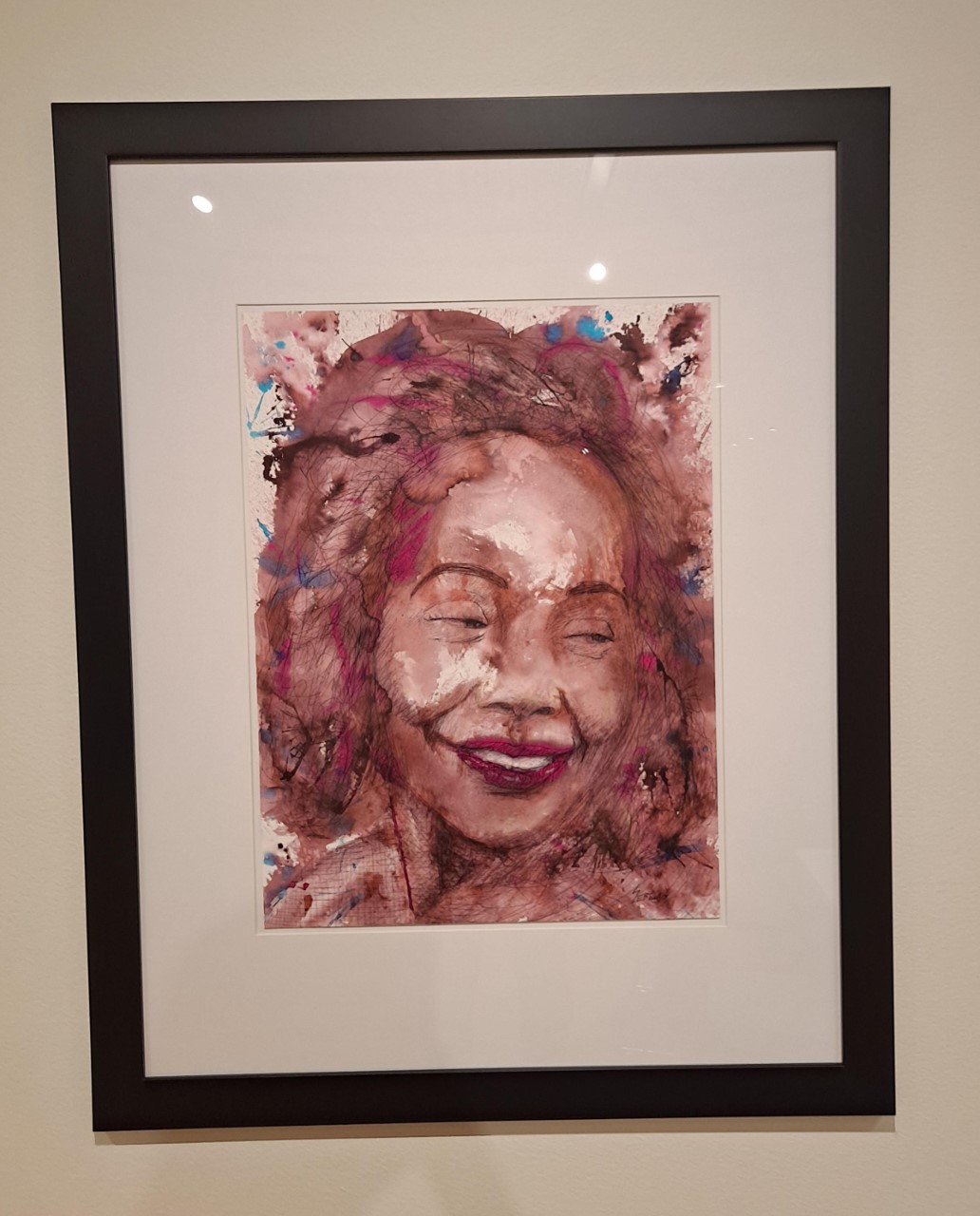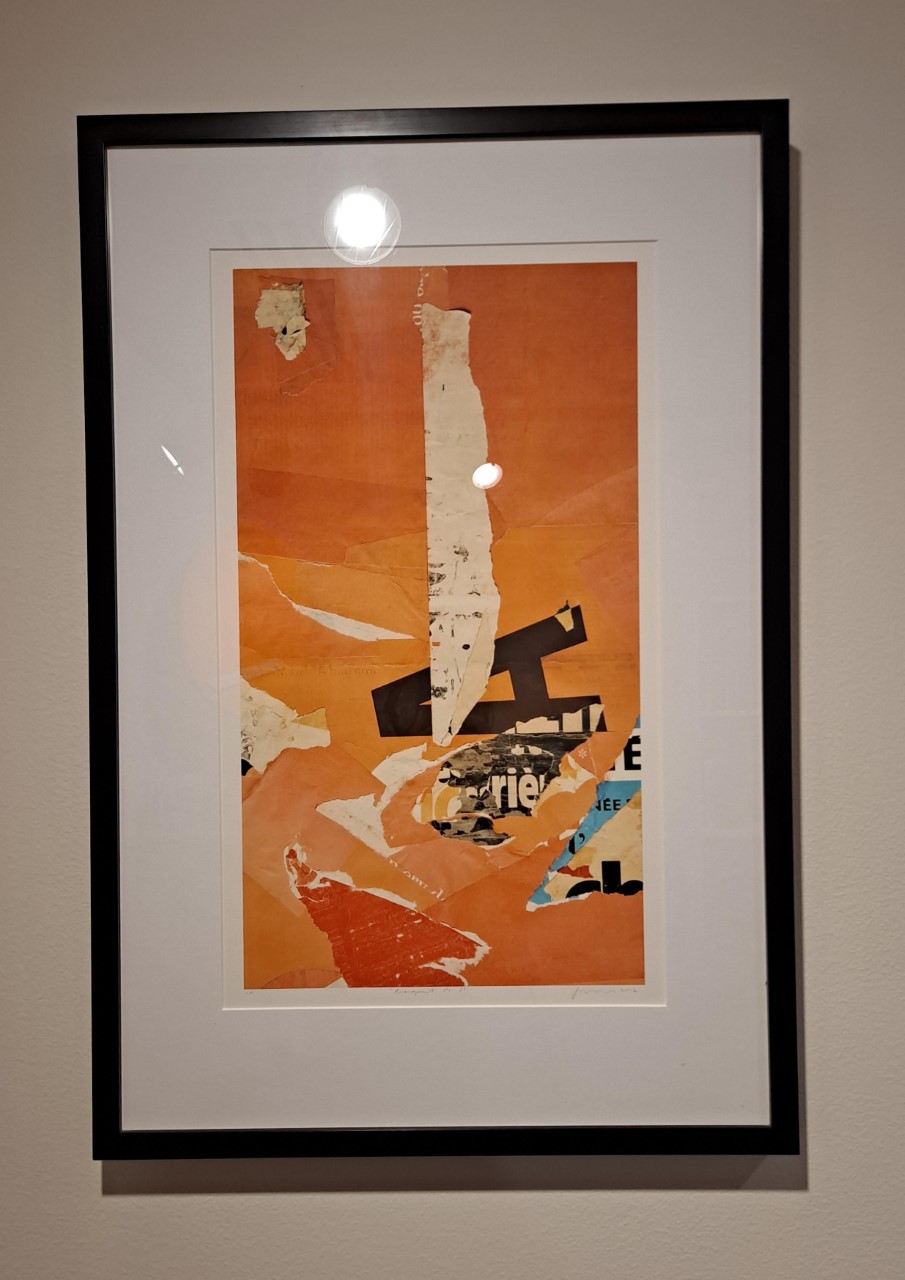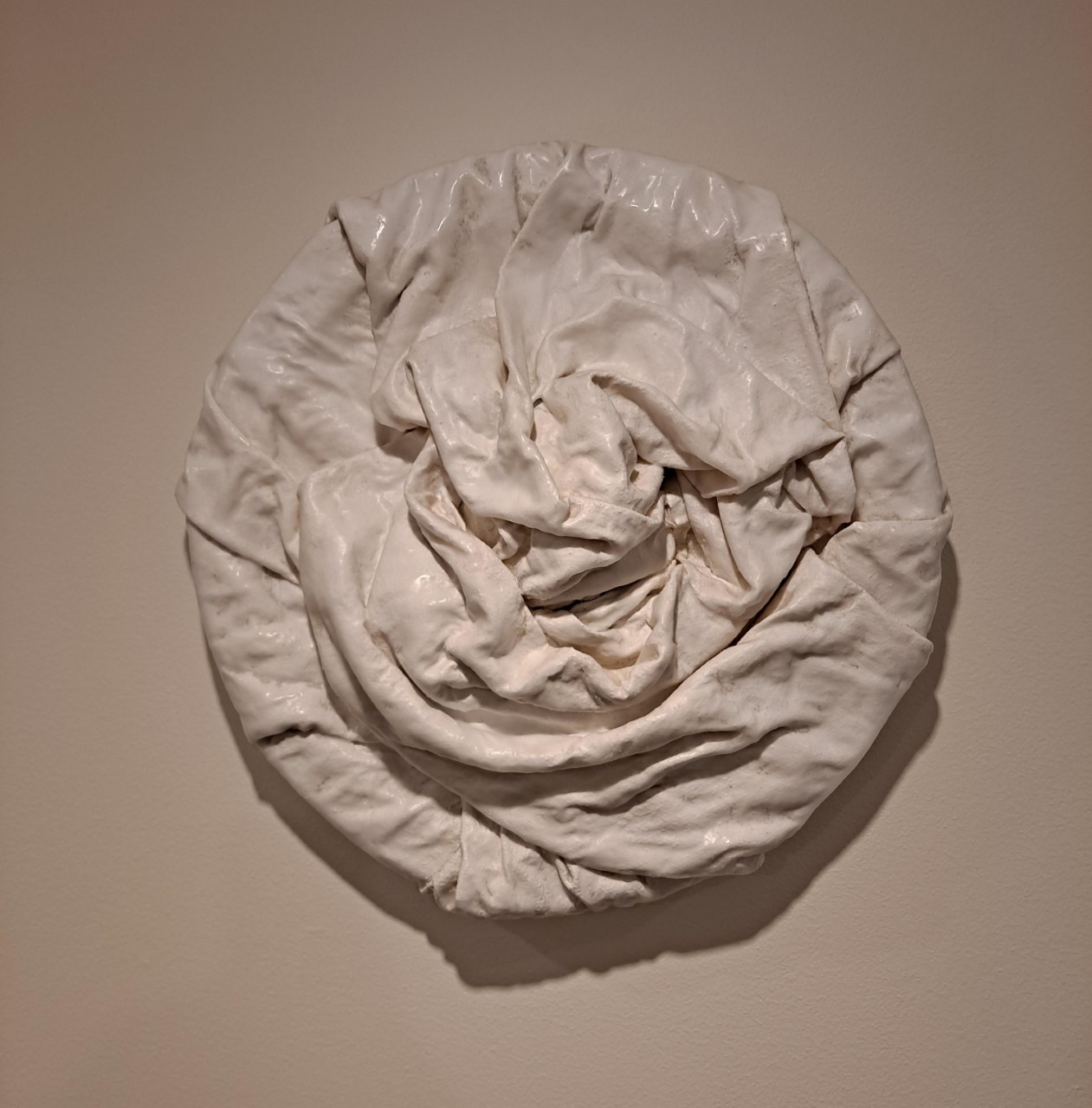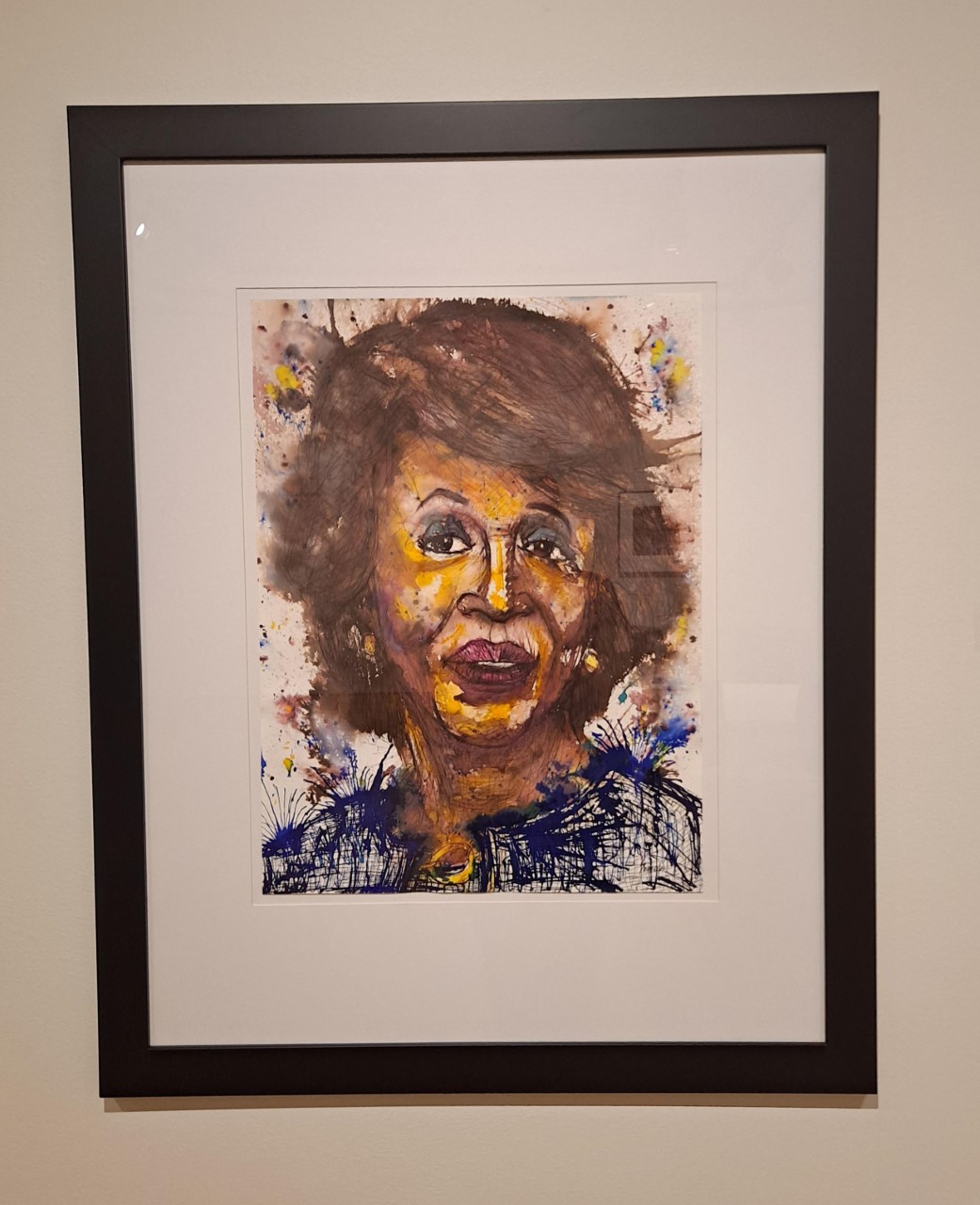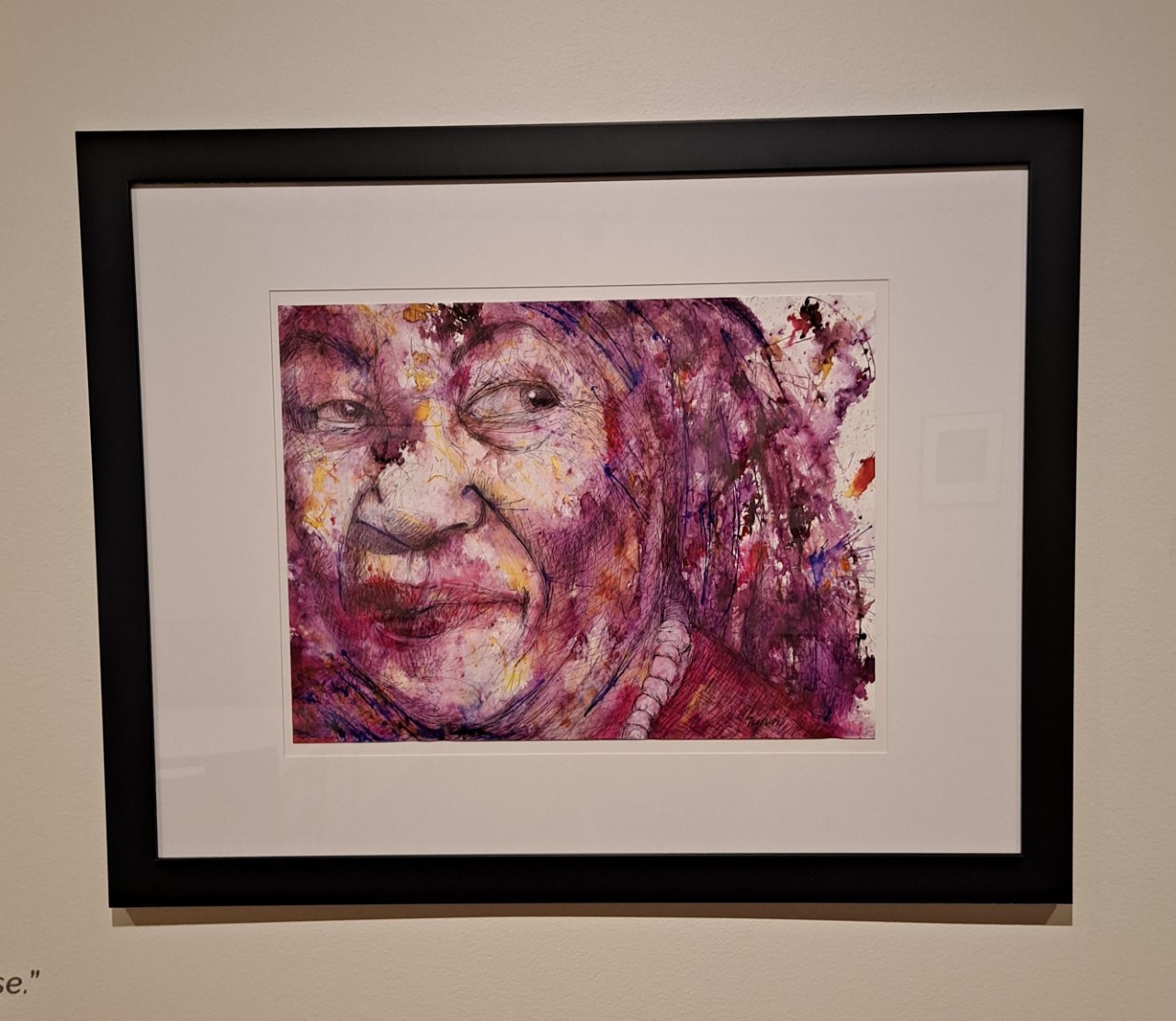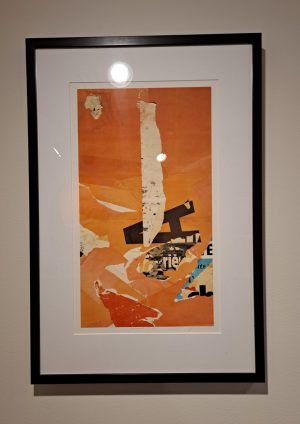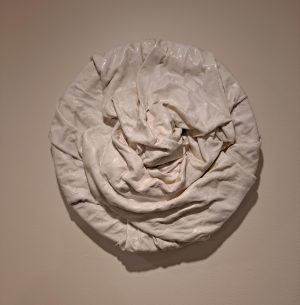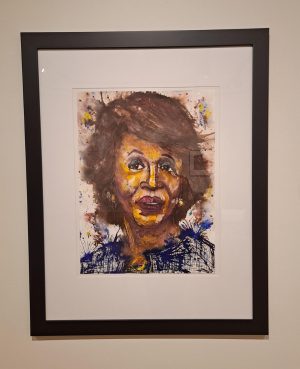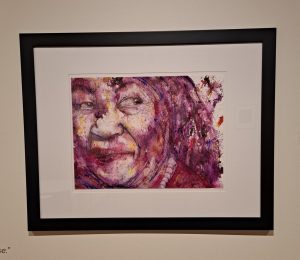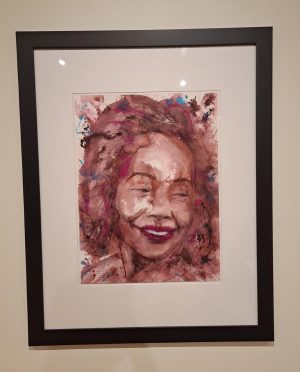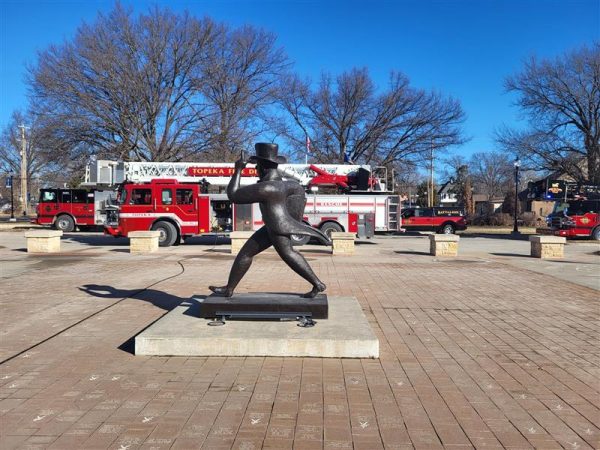Meet the artists at the Mulvane Art Museum
On Friday, Nov. 5, the Mulvane Art Museum held an event called “Meet the Artist” that featured several artists and their work. The pieces centered around people, objects and ideas that inspired the artists.
John Sebelius, one of the featured artists, partnered with award-winning photojournalist Brain Lanker, who photographed many inspiring African American women to create something even more inspiring. The series was called “Powerful Women”. It included colorful paintings that demonstrate the beauty of many influential women.
“The series really began when I started doing some research on powerful women over the years and tried to find artwork or photographs of their lives. There was a huge void, especially with women of color, and so the visual library celebrates these women’s lives,” Sebelius said. “It began with a small series of portraits and bows. Now it’s over 100 portraits, so I’m just going to continue to add on present and past people that inspire me and inspire the world.”
His pieces started off with something small but slowly heads started turning towards his work and his pieces became something bigger.
“It’s a good place to be to have a group of individuals that can come together and find a place to celebrate the accomplishments of diverse women. It really just began as a project for me for kind of my own excitement and that led to a more public way for us to celebrate those accomplishments. So I go into it,” Sebelius said. “I have no real plan of the end result of this series, but now it has become an obsession to just kind of continue to build upon it and to keep it growing.”
Another featured piece was “No Endpoint for the Stubborn” created by Kate Horvat. It is a large and inspiring piece. Instead of using a normal canvas or paper, Horvat decided to put her pieces on yellow flags.
“So the separate activists used these pennants as a way to communicate in mass when everyone was together. If they all have a yellow flag, then it really says something,” Horvat said. “A group of people with this color know what the message is and they would often put their slogans on there too.”
Horvat wanted to capture the 100 year anniversary of the Ratification of the Nineteenth Amendment, contributing her piece to Rebecca Manning.
“She was the curator of the show, an exhibition that was related to the 100 year anniversary of the ratification of the 19th amendment and so behind that work there are really issues of feminism and women’s rights,” Horvat said. “I wanted to directly reference the suffrage movement with the yellow, which is their color, but also integrate more contemporary feminist issues.”
Horvat’s piece became inspiring and has caught the eyes of many.
“I’ve been overwhelmed with the response and very grateful. I can’t say I was prepared or had expectations for anything other than hope that people will get something out of it.” Hovrat said.
Picture a Text, children’s books to abstract art:
Stephen T. Johnson is an artist who is drawn towards the connection between objects and ideas. His series was called “Picture a Text, children’s books to abstract art”.
“It took seven years of work to create the pieces. It is a journey, and I’m still on that journey. It is marvelous because everything can be turned into something interesting,” Johnson said. “By that having the parameters of A of each letter of the Alphabet forces you to be creative. With the letter J, joining, joints and jagged. So there’s endless amounts of possibilities. That’s why I titled it A Abstract as opposed to The Abstract because it’s not definitive. It’s open to you to create your own tools so there is no right or wrong.”
Johnson also works closely with Brad Sneed to illustrate children’s books. Johnson’s book “An Abstract Alphabet” illustrates different ideas that can come from the alphabet. Showcasing different concepts and contexts of objects.
“Abstract work in terms of making a children’s book, you can’t just do an abstract painting and put it in a book. There has to be a reason for it to exist. And therefore, it is a play on words and configuration of different words within each letter of the alphabet,” Johnson said.
Johnson went into depth not only on the meanings of the art, but also the materials that went into making them come alive.
“Really the parameters fade away so, like the WP piece called wrap wishes is made out of wire, wax and wraps. It is wrinkly, and there’s all kinds of things that gave credence to making that piece,” Johnson said.
The Mulvane art exhibit brought in many familiar and new faces that were eager to see every piece. It is clear that with such passionate art, each guest went home inspired and with new insight.
Edited by: Katrina Johnson, Simran Shrestha
Edited by: Ellie Walker
Your donation will support the student journalists of Washburn University. Your contribution will allow us to purchase equipment and cover our annual website hosting costs.
